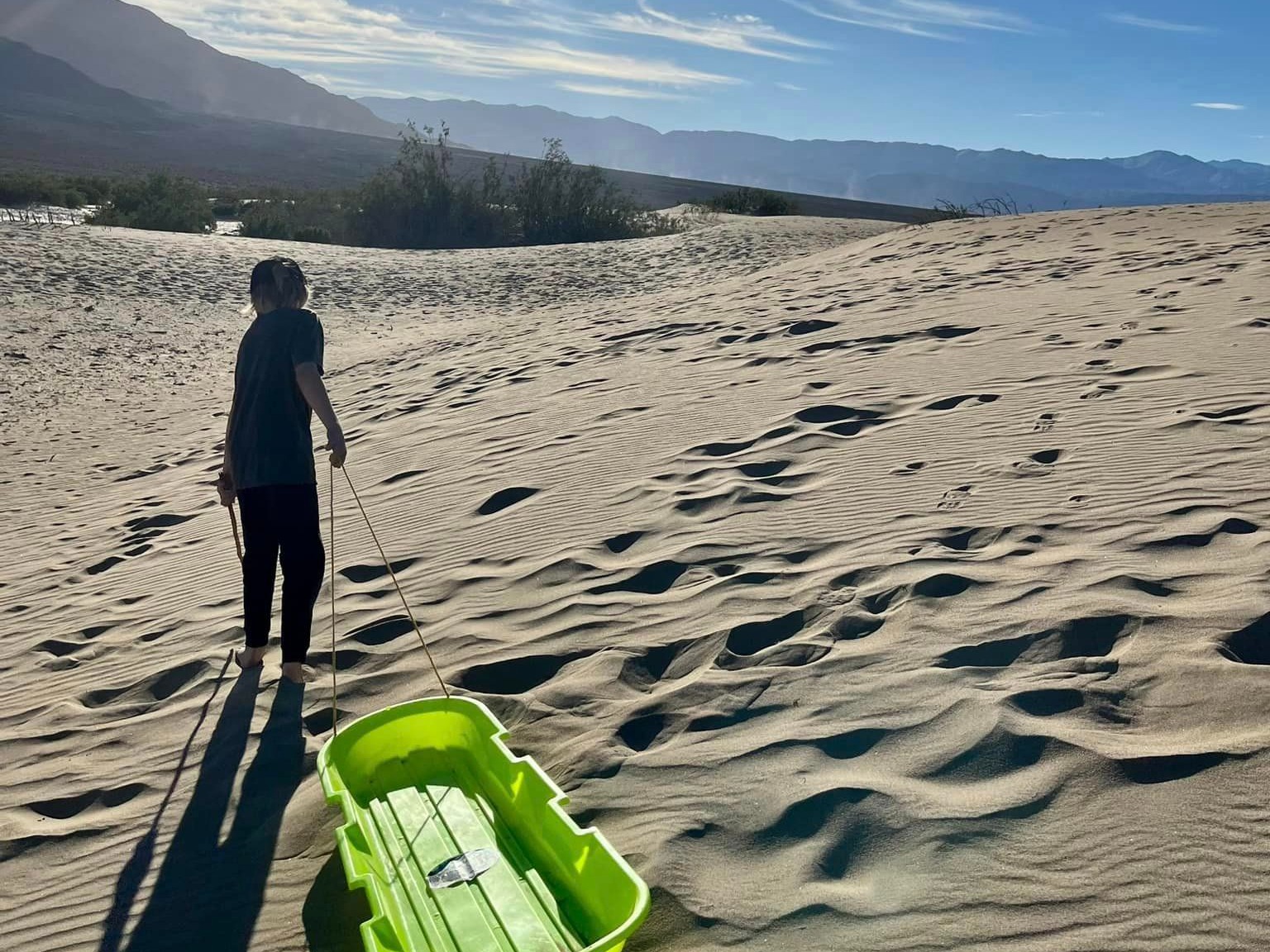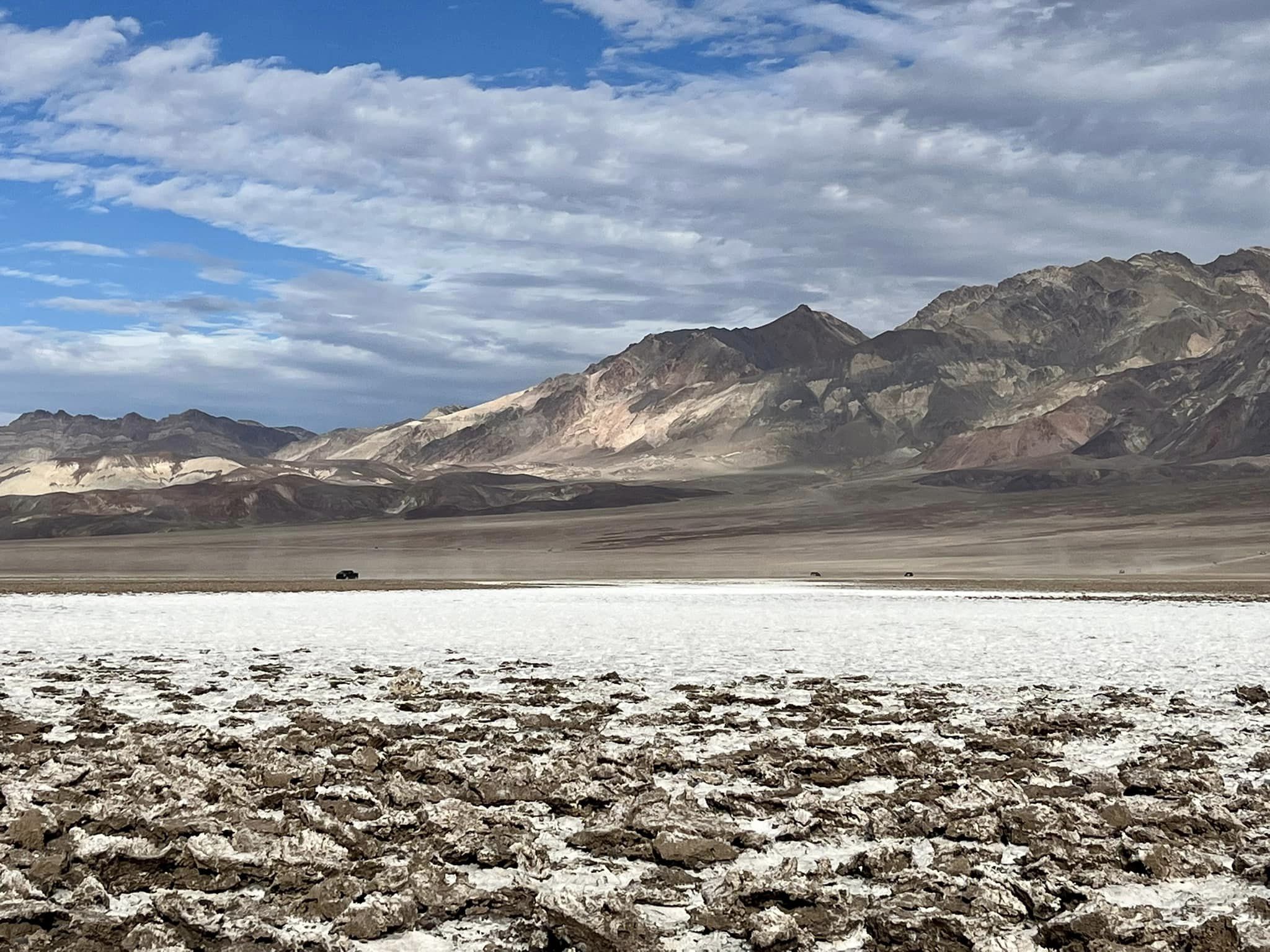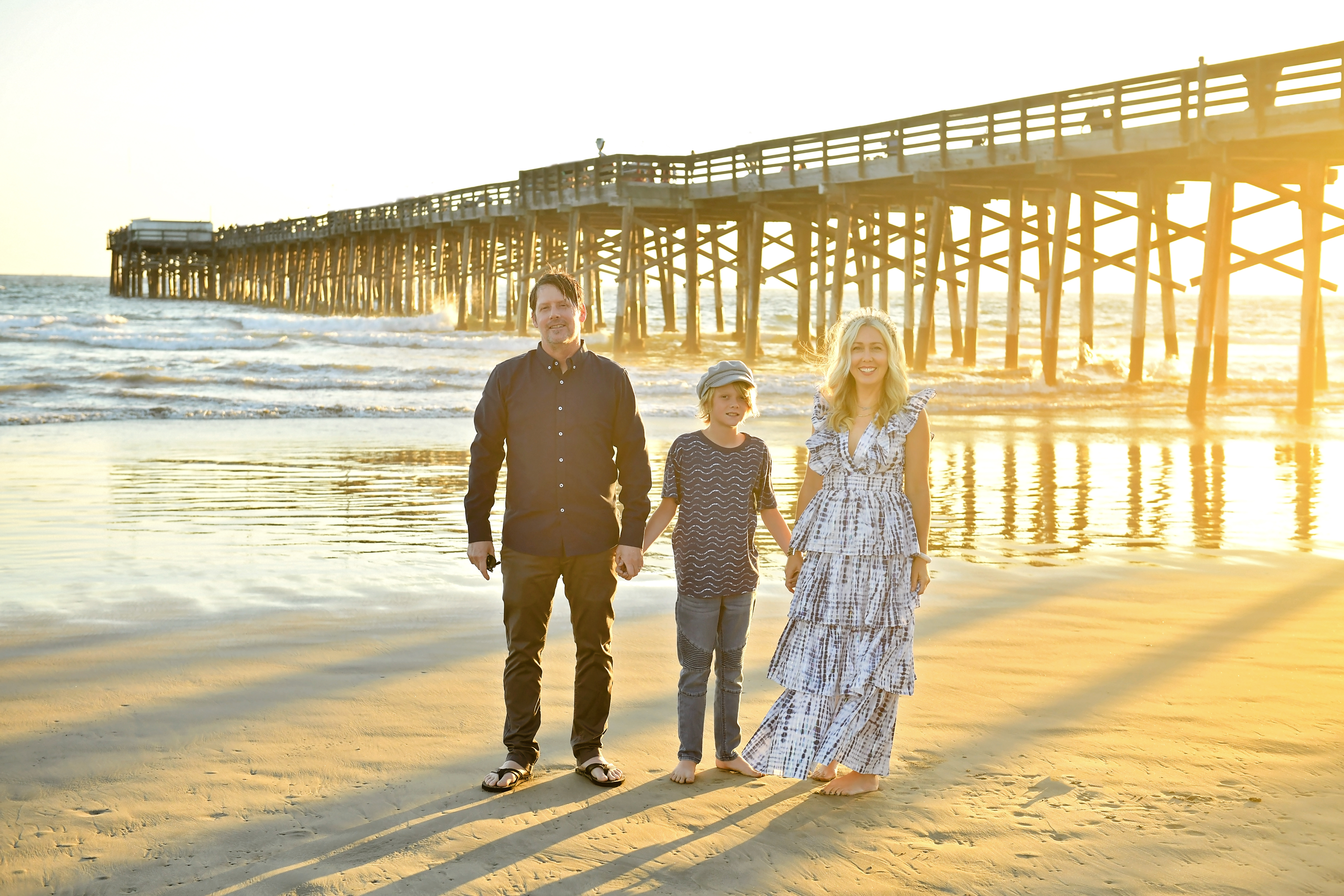
Curator’s statement
Death Valley National Park is a place of both natural wonder and scientific interest. The park features a diverse range of landscapes, including sand dunes, salt flats, rugged mountains and canyons. Despite its harsh conditions, Death Valley supports a variety of plant and animal life adapted to extreme environment and is home to bighorn sheep and various desert plants. Its remote location and clear skies make it one of the best places in the United States for stargazing. The park is a designated International Dark Sky Park, meaning it has minimal light pollution, allowing for a maximum star-studded bliss-out!
The Fora Difference
Book with Stacey to access exclusive perks and experiences on your trip.
Killer perks
Free upgrades, spa credits and more—we got you
Personalized recs
Customized travel planning for your style
Insider knowledge
Expert advice from people who’ve actually been there
Where to stay in Death Valley National Park
Unlock perks by contacting Stacey to book your trip.
Things to do in Death Valley National Park

Death Valley National Park offers a variety of activities for outdoor enthusiasts and nature lovers. Here are some highlights:
Explore Furnace Creek
Furnace Creek Visitor Center: A good starting point for information, exhibits and maps. Rangers can provide updates on current conditions and recommendations.
Devils Golf Course: A unique salt flat with interesting geological formations.
Visit Badwater Basin
Badwater Basin Salt Flats: Walk on the salt flats and view the sign marking the lowest point in North America. The expansive, stark landscape is both surreal and scenic.
Hike in Mesquite Flat Sand Dunes
Sand Dunes: Enjoy the classic desert scenery and climb the dunes for sunrise or sunset views. The dunes are accessible and offer great photo opportunities.
Discover Zabriskie Point
Zabriskie Point: A famous viewpoint known for its striking erosional landscape. It’s especially beautiful at sunrise and sunset.
Hike in Mosaic Canyon
Mosaic Canyon Trail: A moderately challenging hike that features interesting rock formations and narrow, winding canyon walls.
Experience Artist’s Palette
Artist’s Palette: A scenic drive and viewpoint showcasing colorful rock formations created by volcanic activity. The colors are most vivid in late afternoon.
Explore Death Valley’s Ghost Towns
Rhyolite: An old mining town with well-preserved ruins. It’s located just outside the park but is worth a visit.
Barker Ranch: Located in the remote part of the park, it has historical significance and is associated with the Manson Family.
Visit Golden Canyon
Golden Canyon Trail: A relatively easy hike that leads to the Red Cathedral and offers views of the colorful canyon walls.
Check Out Ubehebe Crater
Ubehebe Crater: A volcanic crater that is impressive for its size and geological significance. You can walk around the rim or explore the nearby trails.
Explore Telescope Peak
Telescope Peak: For a cooler experience, hike to the highest point in the park. The Telescope Peak Trail offers panoramic views of the park and the surrounding area.
Visit Scotty’s Castle
Scotty’s Castle: An interesting, historic mansion in the northern part of the park. Note that it may be closed for restoration, so check in advance.
Enjoy Wildflower Blooms
Wildflower Viewing: During rare rain years, the desert can bloom with colorful wildflowers. Check the park’s website or visitor center for bloom conditions.
Stargaze
Stargazing: With minimal light pollution, Death Valley is one of the best places in the U.S. to view the night sky. Check out guided stargazing tours or enjoy the night sky on your own.
Day trips:
Death Valley National Park has been a filming location for several movies, including a notable one for Star Wars fans: "Star Wars: Episode IV – A New Hope" (1977).
Specifically, Tatooine Filming Locations:
Mesquite Flat Sand Dunes
What Was Filmed: The sand dunes were used to represent the planet Tatooine, where the desert scenes on Luke Skywalker's home planet were shot. The iconic landscape can be seen in scenes involving the Lars homestead and various desert sequences.
Twenty Mule Team Canyon
What Was Filmed: This area, known for its striking geological formations, was also used to portray Tatooine. It features prominently in scenes that involve the harsh desert environment of Luke Skywalker’s home planet.
The Racetrack Playa
What Was Filmed: The Racetrack Playa, with its mysterious moving rocks, provided a backdrop for some desert scenes in the Star Wars universe.
These locations are part of the broader landscape of Death Valley, which provides the perfect otherworldly setting for the desert planet of Tatooine. Star Wars fans visiting these sites can experience the dramatic and unique landscapes that helped bring the fictional world of Tatooine to life.
Places to eat & drink in Death Valley National Park

Dining options in Death Valley National Park are somewhat limited due to its remote location. However, there are several places where you can find meals and refreshments within and around the park:
Within Death Valley National Park:
Furnace Creek Visitor Center
The Oasis at Death Valley: This large complex includes multiple dining options:
The Oasis Restaurant: Offers a variety of American dishes, including burgers, sandwiches and salads. It’s a good spot for a casual meal.
The Wrangler Steakhouse: Located at The Oasis, this restaurant features steaks and other hearty options. Reservations are recommended, especially during peak seasons.
The Last Kind Words Saloon: Located at The Oasis, this place offers a more relaxed atmosphere with a selection of pub-style food and drinks.
Stovepipe Wells Village
The Toll Road Restaurant: Offers a range of American fare, including breakfast, lunch and dinner. It's a convenient option if you’re staying or passing through Stovepipe Wells.
The Badwater Saloon: Located at the Stovepipe Wells Village Hotel, offers a casual dining experience with a variety of sandwiches, snacks and beverages.
Panamint Springs
Panamint Springs Restaurant: Located at the Panamint Springs Resort, this restaurant provides a selection of meals including burgers, sandwiches and daily specials. It’s a good spot for a meal after exploring the northern parts of the park.
Nearby areas (outside the Park): Rhyolite
The Red Barn: A historic restaurant located just outside the park in the ghost town of Rhyolite. It offers a range of American cuisine and is a charming stop if you’re exploring the area.
Beatty, Nevada (About 30 miles from the park)
Mel’s Diner: A classic American diner serving breakfast, lunch and dinner.
The Happy Burro Chili & Beer: Known for its chili and relaxed atmosphere, it’s a great spot for a casual meal.
Shoshone, California (About 30 miles from the park)
The Crowbar Café: Offers a range of options including breakfast, lunch and dinner with a focus on homemade comfort food.
Tips for dining in Death Valley:
Limited Hours: Many dining establishments have limited hours, especially in the off-season, so it’s a good idea to check ahead.
Reservations: During peak seasons, it’s wise to make reservations where possible.
Snacks and Supplies: Consider bringing your own snacks and water, as options may be limited and distances between facilities are vast.
Due to the park’s remote location, dining options are basic but sufficient for visitors. Planning ahead and knowing your options will help ensure a smooth and enjoyable visit.
Need to know
Remember to prepare for extreme conditions, especially the heat. Bring plenty of water, sun protection and appropriate clothing. Many activities, like hiking, are best done early in the morning or late in the evening to avoid the intense midday heat.

Travel Advisor
Stacey Hess

Get in touch with Stacey
Did you like this guide? Reach out to customize and book your own experience. Or, just to chat about travel in general.
You can normally expect a response from Stacey within a business day or so. You’ll also be subscribed to our travel newsletter (you can unsubscribe at any time).
This guide is a part of our ongoing series on travel to California. For more travel tips, check out Fora Advisor Tori Petry's guide, The 10 Best National Parks in the US